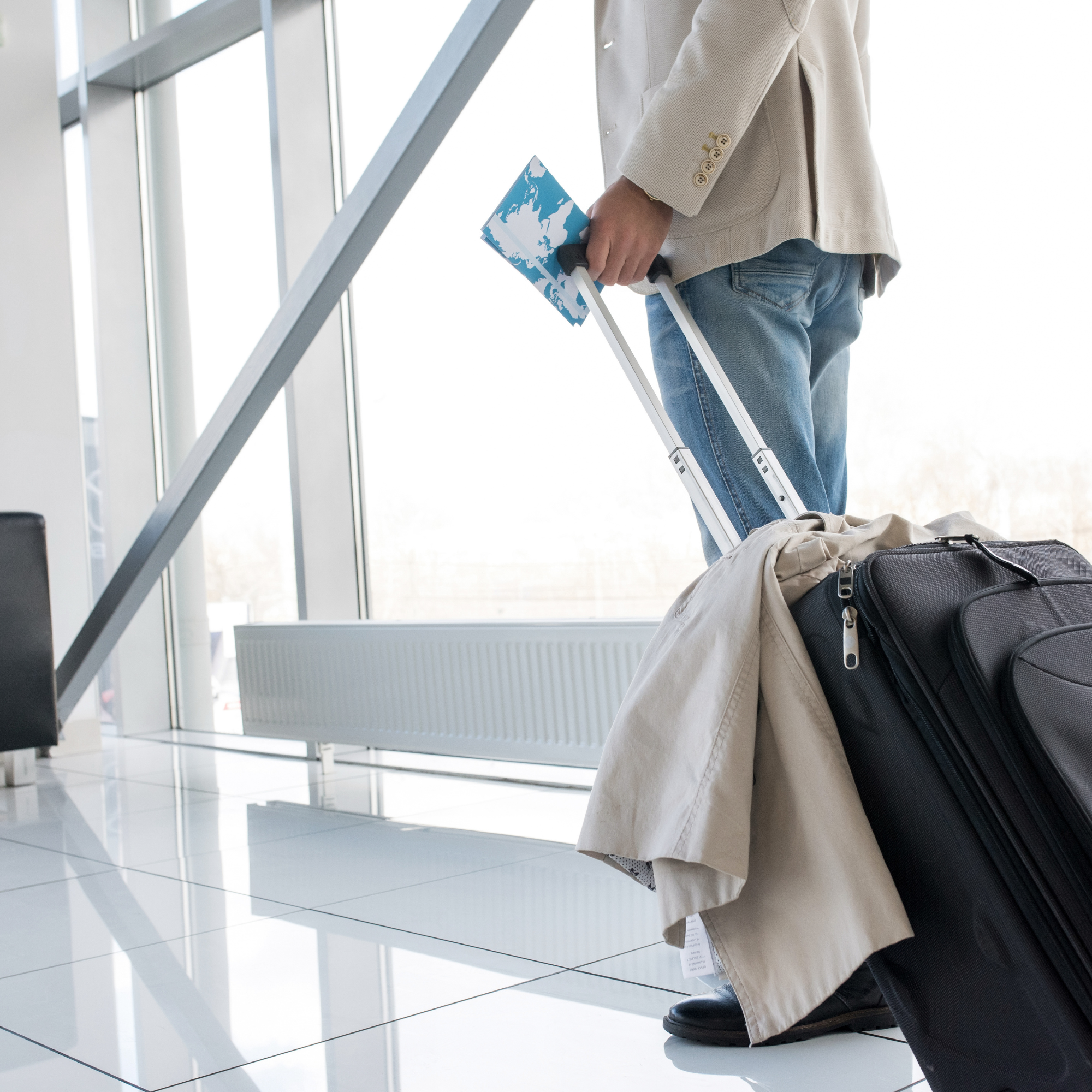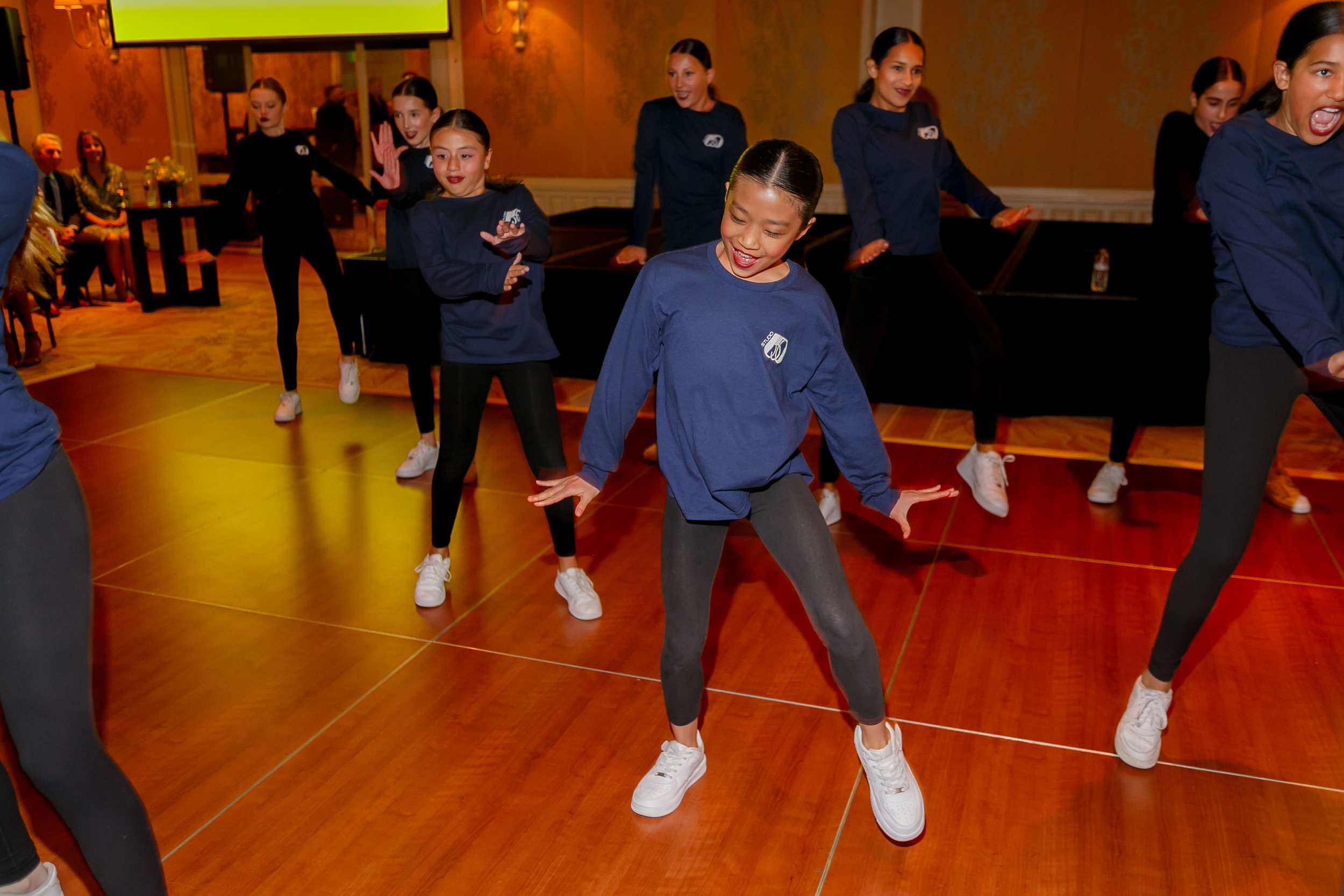By Amy Andersen, Founder and CEO of Linx Dating
Meeting new people is a universal part of the human experience, but the context in which we meet others can dramatically shape the connections we form. While it's easy to assume that our interactions at work and in daily life are just part of our routine, the dynamics of meeting people while traveling offer a different kind of energy—one that can feel more relaxed, carefree, and authentic. But is there something about the act of traveling itself that facilitates these connections? Or is it just that we are in a different state of mind when we're away from the grind of daily life? Let’s explore the science and psychology behind these two types of social encounters—and how you don’t need to break the bank to experience the magic of travel-based connections.
The Context of Travel: A Break from Routine (Without the Price Tag)
When you’re traveling, whether for business or pleasure, you’re often removed from the pressures of everyday life. No bills to pay, no work emails to answer, and no errands to run. You’re in a space where your attention is naturally drawn to the present moment. Whether you’re relaxing on a beach, exploring a new city, or hiking through the mountains, travel tends to take us out of our familiar, stress-inducing environments and into a more relaxed state of mind.
The best part? You don’t have to book a luxury vacation with a hefty price tag to experience these benefits. Whether it’s a weekend getaway to a nearby town or a short trip to a rural retreat, a simple change of scenery is often enough to shift your mindset, making you more open to new people and experiences. Even a quick weekend road trip or a staycation in your own city can offer a much-needed mental reset, helping you connect with people in a way that might not be possible when you’re stuck in the day-to-day routine.
This shift in mental and emotional states is crucial to how we interact with others. In fact, psychologists and sociologists point to a number of factors that make meeting people while traveling feel different from meeting people in everyday work life.
1. The "Vacation Mindset" and Social Openness
Traveling often puts people in what we can call a "vacation mindset." This term refers to the mental shift that occurs when you step away from your daily responsibilities. People are generally more open to socializing when they're on vacation because they don’t feel the constant pressure of deadlines, appointments, or to-do lists. Research has shown that when people feel relaxed, they are more likely to be approachable and open to forming new connections.
You don’t need to be in an exotic location to tap into this mindset. Even a weekend in a new environment—whether it’s a nearby beach town or a quaint bed and breakfast—can allow you to shed the pressures of your usual routine. These smaller trips offer a chance to meet new people in settings that are less transactional and more geared toward personal connections.
Theories:
Psychologist Abraham Maslow’s hierarchy of needs suggests that once our basic needs (like food and safety) are met, we move towards higher needs like social connection. When traveling, the environment and mindset are such that people often feel more "free" to engage with others because the stress of the daily grind is temporarily lifted. Additionally, psychologist Mihaly Csikszentmihalyi’s concept of flow—the mental state of deep focus and enjoyment—can often be experienced when we travel, allowing for deeper, more relaxed interactions with others.
2. The Freedom of Being "Someone Else"
When we travel, we often feel more like we can reinvent ourselves. The anonymity of being away from home, combined with the novelty of a new environment, allows us to let go of societal expectations or the roles we play in our daily lives. You’re not the stressed-out manager of a company, the parent rushing to pick up kids, or the person juggling a million obligations. Instead, you’re just "you"—and sometimes, this version of yourself is more open, curious, and playful.
This sense of freedom can encourage authentic connections. Travelers are often more willing to take risks socially because they don’t feel confined by the labels or routines that come with their everyday life. They are more likely to strike up a conversation with a fellow tourist, join a group for a meal, or attend a social event they might otherwise skip in their regular life. The newness of the experience, coupled with the ability to be more flexible and open, often makes travel an ideal time for forging new relationships.
Theories:
This idea connects with Erving Goffman’s theory of "role distance", which explains how individuals perform certain roles in everyday life but may distance themselves from these roles in situations where they feel less bound by societal expectations. Traveling, especially to unfamiliar places, provides a kind of "psychological distance" that can make it easier for people to be more genuine and spontaneous in their interactions.
3. The Pressure of Everyday Life: Work, Bills, and Responsibilities
In contrast, when we are at home or at work, life is structured, goal-oriented, and often stressful. Between meetings, deadlines, family commitments, and bills, the day-to-day routine can leave little room for relaxation or spontaneous socializing. The constant pressure of responsibilities can make it harder to feel present in the moment, and this may affect how we interact with others.
In work settings, for example, there is often a sense of social role rigidity. You are expected to perform certain duties, and your identity is often tied to your professional role. This can create barriers to genuine connection. People may feel too busy, stressed, or "on guard" to engage deeply with colleagues, especially when the pressures of work are at their peak.
Theories:
Sociologist Anthony Giddens talks about "life politics"—the ways in which modern life forces individuals to juggle competing roles and responsibilities. When you are juggling multiple roles, such as parent, employee, and caregiver, it can be difficult to let go of the stress of those roles and truly connect with others in a meaningful way. In contrast, travel offers a kind of "role reset" where people are free from these expectations, making it easier to engage socially.
4. The Influence of Environment on Connection
There’s also something to be said about the environments we’re in. When you travel, especially to places known for their social vibrancy—like a bustling city, a tropical resort, or a cultural hub—your environment encourages interaction. You’re more likely to meet like-minded individuals who are also open to socializing and experiencing something new. This contrasts with daily life, where interactions often take place in more structured environments, like offices or local stores, and are driven by necessity rather than enjoyment.
5. The Joy of Shared Experiences
Finally, one of the key elements of meeting people while traveling is the shared experience. Whether you’re both hiking the same trail or attending the same event, shared experiences create a natural bond. There's something about experiencing the unknown together that fosters connection. In work life, connections are often made for transactional reasons—networking, career advancement, or simply out of obligation.
Theories:
Social Identity Theory by Henri Tajfel explains that shared experiences help people form bonds based on common identity or interests. When traveling, these experiences are more likely to be shared and less structured by the typical work-life divisions, encouraging people to feel part of a collective "tribe" of travelers.
A Personal Story: Learning the Power of Balance
For me, this idea really hit home years ago, when I was visiting Sydney, Australia. It was day one, and my sister and I were out socializing at a local bar. We met some cute Aussies and struck up a conversation. Still in "American work mode," I immediately led with a question about work—something that was very natural for me at the time. The guy I was talking to, in a playful but very honest way, looked at me and said, “Wow, you are so American.”
He continued, “You’re here in Australia, day drinking in the sun, meeting new people, and the first thing you’re talking about is work? Life should be more about balance. Look around at the locals. They really get the concept of not letting work dominate their lives.”
It was a moment of pure honesty, and honestly, I was a bit embarrassed. But it was a lesson that stuck with me. The laid-back Australian lifestyle was a reminder of how important it is to find balance and embrace the moment—especially when it comes to connecting with others.
Conclusion: The Power of Travel and Mindset in Making Connections (Without Breaking the Bank)
While both traveling and everyday work life offer opportunities to meet new people, the context and mindset shift that comes with being on the road can make those encounters feel more relaxed, open, and authentic. And the good news? You don’t need to book a lavish, expensive vacation to experience these benefits. A simple weekend getaway, a short stay in a nearby town, or even a quick day trip can give you the mental reset needed to form deeper, more meaningful connections.
In contrast, the pressures and structured nature of daily life can sometimes hinder spontaneous interactions, leaving us feeling disconnected even when surrounded by people. However, it’s important to note that with intention and mindfulness, we can bring some of the open, relaxed, and authentic energy of travel back into our everyday life, creating more opportunities for genuine connections wherever we are.
Whether traveling near or far, the key to forming meaningful connections lies in the mindset we bring to each encounter. If we approach life with curiosity, openness, and a willingness to be present, we can build meaningful relationships.














